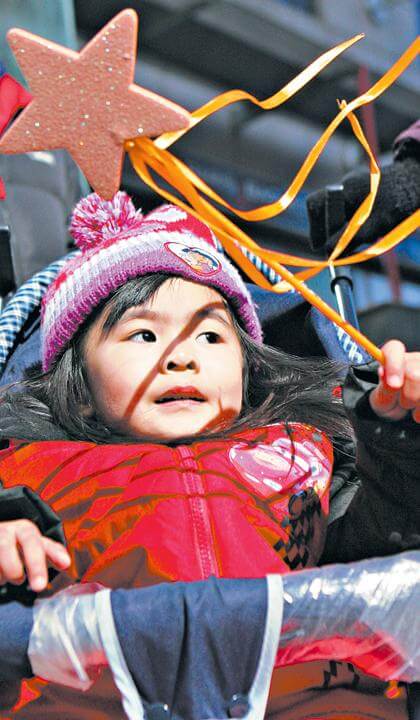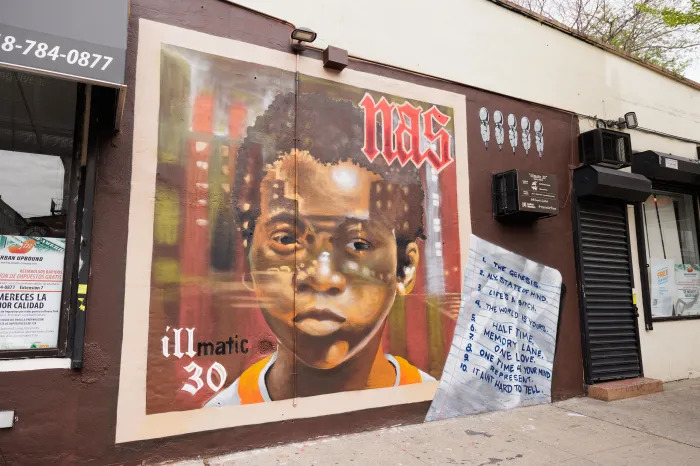By Connor Adams Sheets
Many Queens residents hear discussion of Flushing’s annual Lunar New Year blowout, but it often means no more to them than what they glean from the ubiquitous red and white placemat distributed in many borough Chinese restaurants.
Nearly every American has looked up his or her birth year on those classic sheets, but the intrigue of Asia’s most revered holiday goes far beyond establishing whether one should pair with the Dragon or avoid the Monkey.
The holiday, which falls on Thursday this year, is named the Lunar New Year for a reason; unlike the New Year holiday many Americans are accustomed to — which is determined by consulting a 365-day calendar based on the Earth’s orbit — the date of the lunar version is decided by looking to the moon.
Billions of people the world over know when to break out the lanterns and the opulent floats by consulting the Chinese lunisolar calendar, which is based in part on moon phases. The Lunar New Year falls on a different date each year in the Gregorian calendar used by Western countries.
The celebration is considered the most significant of the Chinese calendar and it ushers in a new animal zodiac sign as determined by a 12-year cycle. This year’s celebration marks the start of the Year of the Rabbit.
As is true with so many holidays worldwide, the Chinese Lunar New Year celebration began in myth, with villagers putting out food and red-colored lanterns once each year to ward off a beast called Nien, who otherwise ate the terrified citizens crops and children.
“In China, on that day, people decorate inside and out, they put up words of good luck and red and black Chinese paintings on their homes. And they shoot off firecrackers to scare off evil, the lion dance, music and dragon dance, everything is to get rid of evil,” Fred Fu, a longtime parade organizer and president of the Flushing Business Association, said. “People make a big noise to scare off the evil. That’s why we have the firecrackers and the drum and music and everything. It’s to scare evil off.”
From these mystical beginnings has arisen a multi-faceted tradition of rituals and revelry, a holiday without compare in the Far East, now a major part of the traditions of the people of Korea, Japan, Vietnam and even some Arab countries.
For good luck, celebrants clean and redecorate their homes, get haircuts and purchase new clothes, all as a precursor to the long-awaited feast on New Year’s Eve.
In the end, the Lunar New Year is a great excuse for family and friends to get together — it is said the holiday is the busiest travel day of the year in Asia — celebrate the past year and look forward to another full of good fortune, luck and possibility.
Reach reporter Connor Adams Sheets by e-mail at csheets@cnglocal.com or by phone at 718-260-4538.




























